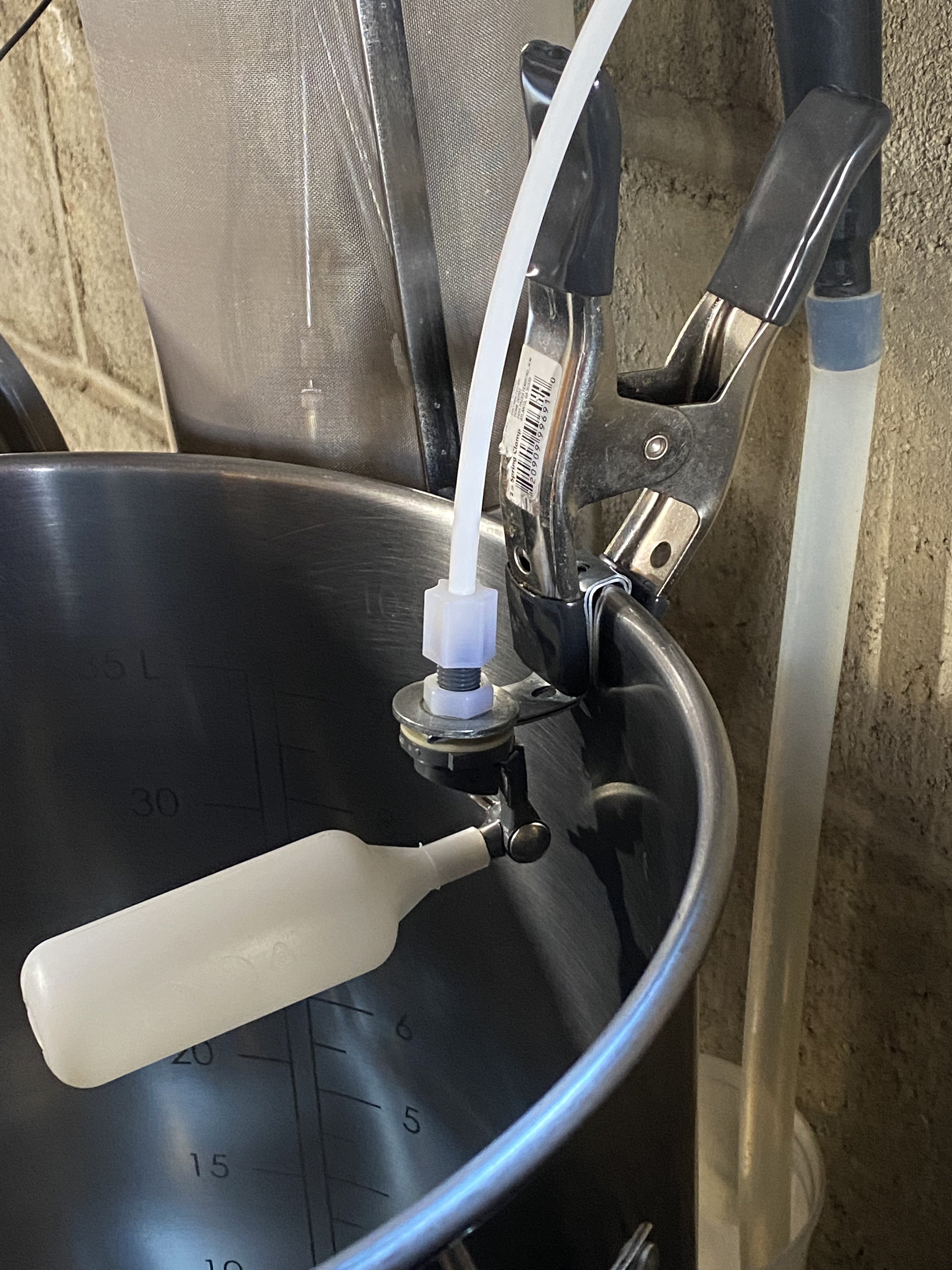I ordered a buckeye hydro due to many good recommendations on here. 75gpd.
I also sprung for the asov kit, manual flush, and dual tds inline meter.
What should I know about using this?
I've been modifying my tap water based off a ward labs report for the last couple years.
What are some good calculators to use for building for various styles from RO?
This is the final piece I've been meaning to control in my process, excited to get going! Thanks all
I also sprung for the asov kit, manual flush, and dual tds inline meter.
What should I know about using this?
I've been modifying my tap water based off a ward labs report for the last couple years.
What are some good calculators to use for building for various styles from RO?
This is the final piece I've been meaning to control in my process, excited to get going! Thanks all



















![Craft A Brew - Safale S-04 Dry Yeast - Fermentis - English Ale Dry Yeast - For English and American Ales and Hard Apple Ciders - Ingredients for Home Brewing - Beer Making Supplies - [1 Pack]](https://m.media-amazon.com/images/I/41fVGNh6JfL._SL500_.jpg)










































